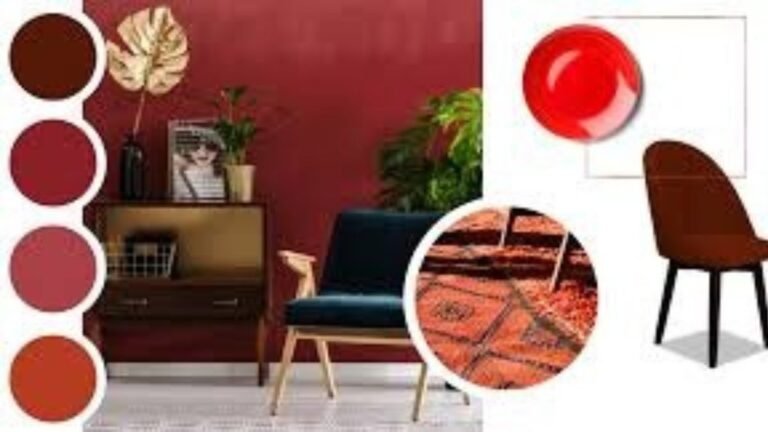Key Takeaways
- Color choices in interior spaces can significantly impact mood and productivity.
- Knowing the fundamentals of color psychology can help you choose paint for various settings.
- Different shades can evoke multiple emotional responses, from calmness to energy.
Table of Contents
Introduction to Color Psychology
Color psychology delves into the fascinating effects of colors on human emotions and behavior. In interior design, utilizing this knowledge can significantly transform how a space is perceived and used. For instance, choosing the right colors can enhance the appeal and comfort of a room, making it inviting and functional for its intended activities. Understanding these psychological effects allows homeowners and designers to make informed decisions, ultimately creating spaces that resonate positively with occupants. For expert guidance, click here to explore professional services offering tailored interior painting solutions.
The Emotional Impact of Colors
Colors have profound emotional and psychological impacts that vary widely depending on cultural and individual associations. Cool hues like blues and greens frequently evoke calm and serenity. These colors are typically used in areas designed for unwinding, such as bedrooms or spa-like bathrooms. Conversely, warm colors like reds, oranges, and yellows can energize and stimulate, making them suitable for environments meant for socializing or creativity, like living rooms or art studios. The ability to alter the psychological climate of a room through color makes it a powerful tool for designers and homeowners alike.
Choosing Colors for Different Spaces
When deciding on color schemes for different areas in the home, it’s crucial to consider each space’s intended function. Bedrooms serve as personal sanctuaries where rest is paramount. Soft and tranquil colors, such as pastels and muted shades, can enhance the soothing atmosphere in these spaces. In contrast, kitchens and dining areas benefit from warm and vibrant colors that can promote liveliness and conversation. Differentiating each room’s unique color palette can make a home feel more dynamic and reflect personal tastes.
Colors and Workplace Productivity
Color psychology extends beyond residential interiors and is a significant factor in workplace design. Because of their relaxing properties, colors like blue and green are thought to increase productivity by lowering tension and weariness. Incorporating these hues in office decor can enhance concentration and efficiency. According to a study by Forbes, the choice of color in a workplace can directly influence employee performance and well-being. As businesses aim to create more harmonious and productive work environments, using color becomes an invaluable asset.
Factors to Consider When Selecting Paint Colors
Several key factors come into play when selecting paint colors for a space. The size of the area may greatly influence color selection; bigger rooms can handle darker tones that provide a comfortable and private sense, while smaller spaces typically benefit from brighter hues that make the space appear larger and more open. Another essential factor to consider is lighting, as artificial and natural lighting may change how color appears throughout the day. Finally, personal preference and the emotional goals for a room should guide the final decision, ensuring a harmonious and satisfying outcome.
Incorporating Trends with Timeless Shades
While going all-in on the latest color trends is tempting, blending these with more timeless hues can create a balanced and enduring aesthetic. Trendy colors provide a fresh and modern look, but they can quickly date a room once the fad changes. By integrating classic neutrals, such as whites, grays, and beiges, alongside trendier shades, spaces can maintain a sophisticated appearance that remains stylish year after year. Maintaining a timeless aesthetic while adhering to color design trends guarantees that your rooms may change subtly with little work.
Practical Tips for Testing Color Choices
Before committing to a color, testing various samples directly on the walls is advisable. Paint swatches may look different under store lighting compared to your home environment. By applying samples to your walls and observing them at other times of the day, you can better understand how the color will honestly look. This methodical technique guarantees that the final decision fits your vision and avoids unhappiness.
Conclusion: Creating Harmonious Spaces
When used thoughtfully and strategically, color can transform interiors into dynamic, inviting spaces that enhance mood and productivity. Designing spaces that represent personal style and offer both practical and emotional advantages requires understanding various colors’ psychological effects and carefully considering individual requirements and preferences. The correct color scheme is essential for designing areas that genuinely function for you, whether you aim to increase attention at work or find peace in your haven at home.

